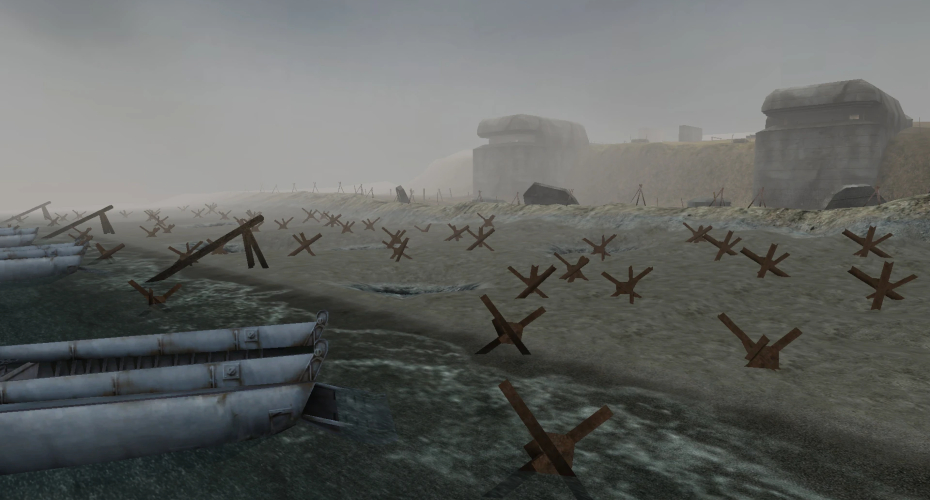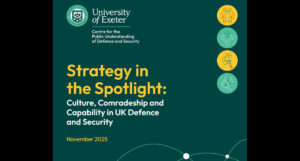D-Day 80th Anniversary: Towards shared global histories of play: D-Day and Operation Overlord in Digital Games
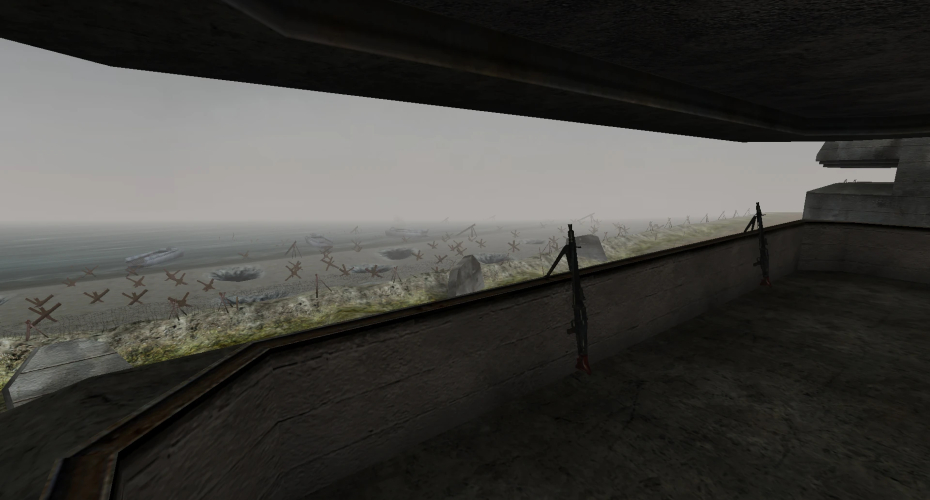
In the week of the 80th anniversary of the D-Day landings, academics from across the Faculty of Arts, Humanities and Social Sciences are providing a series of opinion pieces from different disciplinary contexts.
In the fifth and final article, Dr Aditya Deshbandhu, Lecturer Digital Media Sociology in the Department of Communications, Drama and Film, and a national commentator on the video game industry, looks at digital representations of D-Day.
If you were to look at the obscene amounts of money that Microsoft shelled out to acquire Activision, the maker of Call of Duty, in 2022-23, then you simply don’t need me to tell you that war and video games are a potent combination both economically and experientially. Therefore, it only seems natural that the various battles from the World Wars take centerstage for most games that offer players either a strategic experience of warfare or the more popular trigger-centric first-person shooter. The number of games set around events from WWII are several and if you were to look specifically for games depicting/reimagining D-Day’s iconic Operation Overlord, you would most likely come across curated lists from gamers debating what games stand out, often rated on characteristics like authentic combat experience, historical accuracy, re-creation of maps and topographies, and even minute details like troop formations, and the exact number of specific units.
In such a well-documented space it is important for me to ask what is it that this piece can offer that other gamers, historians, academics of media studies, and researchers of war, and video games haven’t already engaged with? Secondly, what can a researcher raised and trained in a country like India (one yet to achieve its independence during WWII) lend to such a discussion – especially considering that when D-Day’s amphibious subterfuge (between Calais and Normandy) was being planned, historical records indicate that most Indian, Gurkha, and soldiers from the African continent were fighting alongside the British to keep Japanese forces at bay in Imphal and Kohima (take a look at Raghu Karnad’s The Farthest Field: An Indian story of the Second World War for more). With regards to D-Day and Normandy I am for all purposes devoid of the oral histories of valor and bravery that would have been passed down through generations in Europe, UK, and the US.
However, I played games, lots and lots of them.
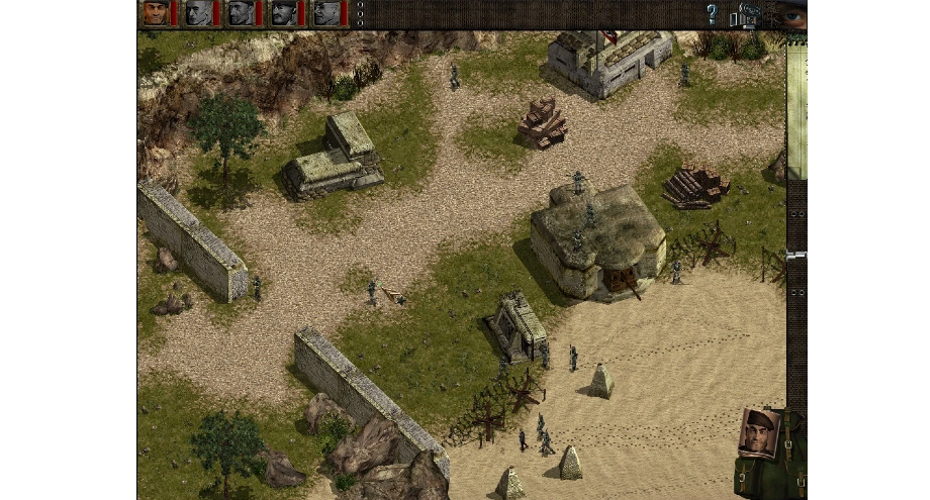
Video games in their unique combination of play, narrative, and the rules/challenges that define them, did their best to instil what D-Day as an operation signified and what the challenges of finding a foothold in the European mainland were. For example, 1998’s Commandos: Behind Enemy Lines, one of the first games I ever played on a PC, engages heavily with the Second World War and in its 14th mission, titled “D-Day Kick Off,” it offers players (in inimitable stealthy fashion) the opportunity to make things easier for General Eisenhower who is waiting for the best possible weather to kickstart Operation Overlord. On the 25th of May 1944, the game requires its players to take out four powerful cannons near La Rivière located in a place codenamed “Juno” to make things easier for the troops landing in Normandy. The game’s objectives label the success of this mission as: “the way you will write the opening page of the greatest landing of History.” Just in case the gravity of the moment wasn’t conveyed emphatically enough, the accompanying tactical advice to the mission simply reads:
“Listen, officer. You’ll approach the area from this point. Then you’ll knock down these four cannons, take a boat, and head for the buoy. That will be all. Don’t leave a single cannon left, officer. Many men will depend on that.”
It is important for me to mention the uniquely stealthy take on D-Day offered by Commandos…, especially considering that the game launched a month prior to 1998’s Saving Private Ryan – a film whose sequences inspire so many gaming moments that engage with events from D-Day. It is also impossible to not mention 2002’s Medal of Honor: Allied Assault, a game that allows players to play through the Normandy Landings as the 2nd Battalion’s OSS operative Mike Powell, who is set to storm Omaha beach. Even today, 22 years on, the game’s iconic opening sentence: “Clear the ramp! 30 seconds!” still rings in my ears mixed with the sound of ripping cloth that characterizes machine gun fire from the MG 42s. In the 1–2-hour sequence, you dodge bullets, seek places for cover, return for “Bangalores” to pressure German forces, and then fight through Villers-Bocage. A journey that offers both adrenaline and history in abundance, Medal of Honor gives its players a reimagined experience of war from the frontlines.
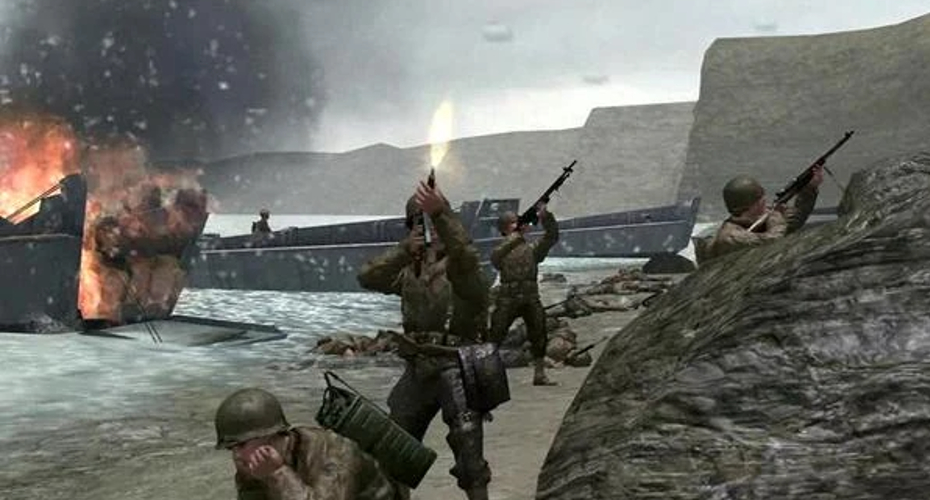
A similar experience is also offered by the allied campaign from 2005’s Call of Duty II where players take part in Operation Overlord twice: first in the Battle of Caen as part of the final British campaign, and then as the American Corporal Bill Taylor and the 2nd ranger battalion’s assault of Pointe du Hoc. At Pointe du Hoc the game requires you to destroy German artillery units and then withstand the resultant counter-offensive while making your way towards subsequent missions that focus on Hill 400, the capture of Bergstein, and then the crossing of the Rhine into Germany.
While both games offer heroic narratives that allow players to live through the amphibious assault at Normandy and subsequent events, it is important to note that the experience video games as a medium offer is decentralized, personal, and filled with agency, albeit in a limited way. All three games in this piece, engage with D-Day and the Normandy invasion as more than just a strategic victory of generals, and the keen decision making of Allied leaders, or even for that matter the need for a strategic “second front.” Instead, they offer players opportunities to come to terms with the emotions that accompany war, the tragedy of death, and the sufferings that soldiers endure on the frontline – emotions we could all pay heed to as wars begin to characterize our global landscape once again.
